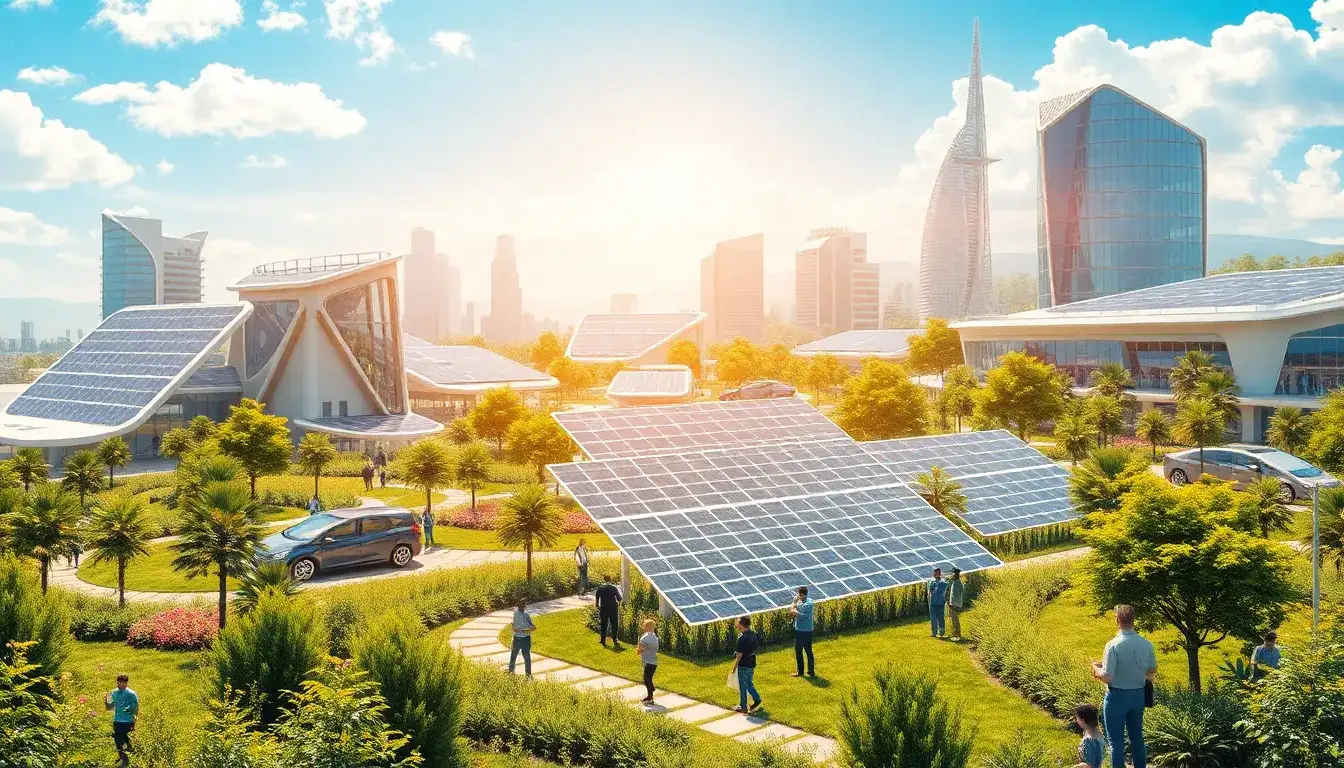
Recent advancements in the new energy sector are driving significant developments. The solar energy industry is experiencing rapid growth, with numerous innovations emerging to enhance efficiency and sustainability. This article explores the latest trends and technologies shaping the future of solar energy.
As of April 3, 2025, the solar energy market is projected to continue expanding, driven by increasing demand for clean energy solutions. Notably, integrated solar technologies are gaining traction, with tools such as iSolarSim, iSolarTool, and iSolarBP playing crucial roles in optimizing solar energy systems.
These tools facilitate comprehensive analysis and simulation of solar power systems, allowing for more accurate forecasting and improved design strategies. For instance, iSolarSim offers advanced modeling capabilities, enabling users to simulate various environmental conditions and their impact on solar energy production.
The integration of 3D modeling technologies is also enhancing the visualization of solar installations, allowing for better planning and implementation. This is particularly important as the industry aims to minimize land use and maximize energy output.
Furthermore, the efficiency of solar panels is continuously improving. The latest advancements have led to modules that can achieve efficiencies of over 20%, significantly boosting the energy yield per unit area. Innovations in materials, such as the use of bifacial panels, are also contributing to this trend by allowing for energy capture from both sides of the panel.
In addition to improving efficiency, the new technologies focus on reducing costs and increasing accessibility. For example, the introduction of low-cost solar solutions has made solar energy more viable for residential users, driving up adoption rates.
Investment in research and development is critical for sustaining this momentum. Many companies are pouring resources into exploring new solar technologies, aiming to enhance performance, reduce costs, and address specific market needs.
As the solar market evolves, collaboration among stakeholders—ranging from manufacturers to policymakers—will be essential. This collaborative effort will help to create a more robust and innovative solar energy landscape, which is crucial for achieving global sustainability goals.
In conclusion, the future of solar energy is bright, with ongoing innovations promising to transform the industry. As we move forward, the continued evolution of technology and increased investment will play pivotal roles in shaping a sustainable energy future.







